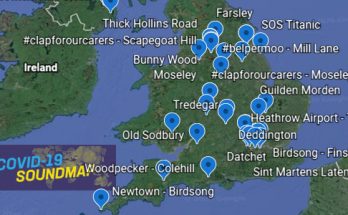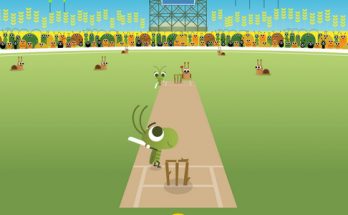
We were baffled by it. Most users were baffled by it – even after Google had released clever videos that explained what it did – so it comes as no surprise to see that Google is throwing in the towel on its Google Wave experiment.
A new post on the Google Blog by Urs Hölzle, Senior Vice President, Operations & Google Fellow, spells out the end for the product, blaming the lack of user adoption for its early demise.
Hölzle says that the company don’t have any plans to continue developing Wave as a standalone product, but that they’ll maintain the site to the end of the year, and “extend the technology for use in other Google projects.”
We tried hard to feel the love for Google Wave, but in the end it was just too darn geeky for us to understand. RIP Wave.
The end of the Wave
Here’s the official death sentence, as published on the Google Blog.
Update on Google Wave
8/04/2010 02:00:00 PM
We have always pursued innovative projects because we want to drive breakthroughs in computer science that dramatically improve our users’ lives. Last year at Google I/O, when we launched our developer preview of Google Wave, a web app for real time communication and collaboration, it set a high bar for what was possible in a web browser. We showed character-by-character live typing, and the ability to drag-and-drop files from the desktop, even “playback” the history of changes—all within a browser. Developers in the audience stood and cheered. Some even waved their laptops.We were equally jazzed about Google Wave internally, even though we weren’t quite sure how users would respond to this radically different kind of communication. The use cases we’ve seen show the power of this technology: sharing images and other media in real time; improving spell-checking by understanding not just an individual word, but also the context of each word; and enabling third-party developers to build new tools like consumer gadgets for travel, or robots to check code.
But despite these wins, and numerous loyal fans, Wave has not seen the user adoption we would have liked. We don’t plan to continue developing Wave as a standalone product, but we will maintain the site at least through the end of the year and extend the technology for use in other Google projects. The central parts of the code, as well as the protocols that have driven many of Wave’s innovations, like drag-and-drop and character-by-character live typing, are already available as open source, so customers and partners can continue the innovation we began. In addition, we will work on tools so that users can easily “liberate” their content from Wave.
Wave has taught us a lot, and we are proud of the team for the ways in which they have pushed the boundaries of computer science. We are excited about what they will develop next as we continue to create innovations with the potential to advance technology and the wider web.
Posted by Urs Hölzle, Senior Vice President, Operations & Google Fellow


